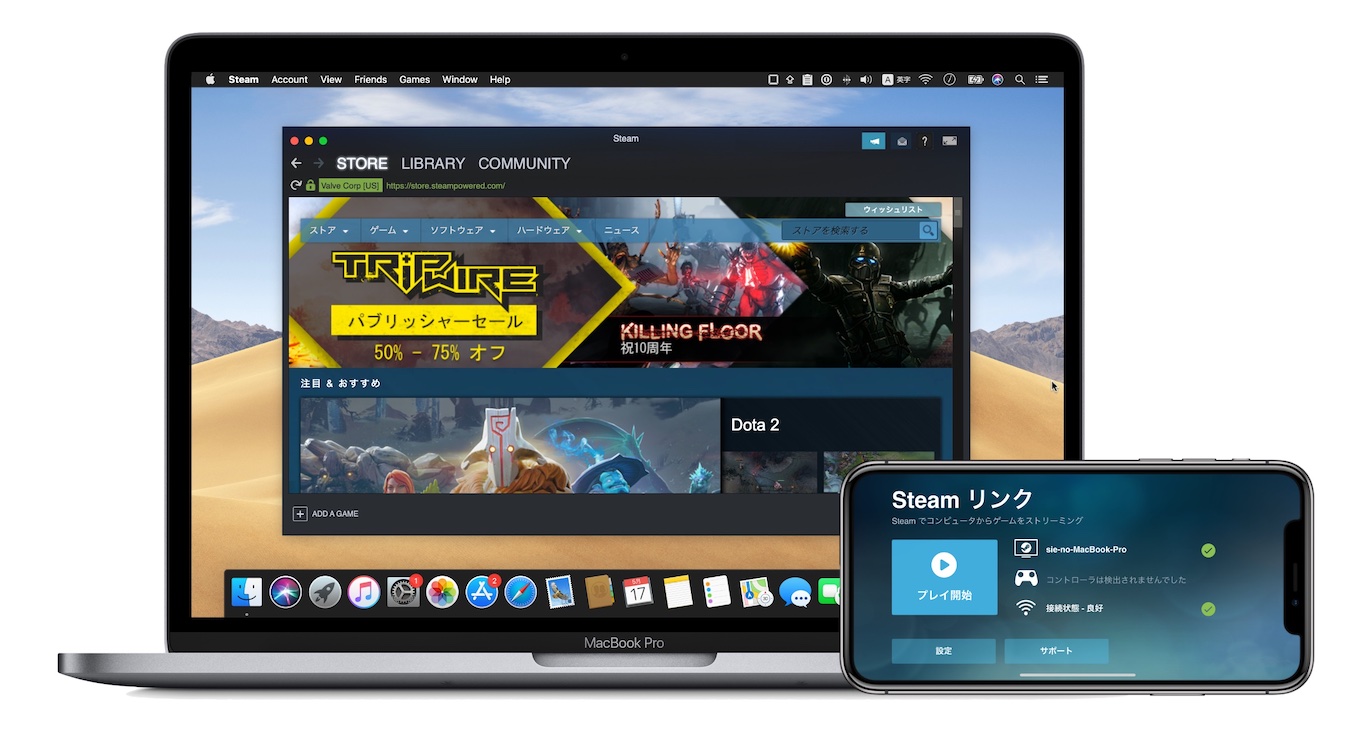

Select the game you want to play and you're good to go. From there, the interface shifts into Steam's familiar Big Picture mode, with full touchscreen and controller support.

This syncs up everything and gives you access to your account and games library. Instead, you're given a PIN to enter on your PC. In terms of security, you don't actually login to a mobile Steam client as such. Ensure an input device is connected (Valve supplied a Steam Controller for testing), run the network test, connect and you're good to go. Setting up the software is easy - you connect your phone or tablet to the network, run Steam Link and it should locate your gaming PC straight away. Better yet, if you're using something like an Apple TV or an Android streaming box hooked up to your living room display, we'd recommend going fully wired there too. From there, Valve recommends a 5GHz WiFi connection to your receiver device in order to ensure high bandwidth and good consistency. So, for the best experience, I recommend that the host PC is hardwired via Ethernet to your central router, or at the very least, connected with good quality, high-speed powerline adapters if your PC is further afield.

Steam Link and Steam in-home streaming both require a fair amount of bandwidth for good image quality and the delivery of data needs to be reliable and consistent. It's an extension of Steam's existing in-home streaming for Windows and Mac computers - a system that's extraordinarily good - so just how well does the new app shape up by comparison?įirst up, actually getting set up is extremely easy from a software perspective, but somewhat more involved on the hardware side if you're looking for best results. Games are then streamed through your router to a smartphone or tablet, or alternatively, to a receiver attached to a big screen TV.

Valve has released beta Steam Link functionality for Android devices today and in essence, this free downloadable app allows you to remotely connect mobile hardware to any Steam computer on your local network.


 0 kommentar(er)
0 kommentar(er)
